Timo Schenk
RL and Fingerprinting to Select Moving Target Defense Mechanisms for Zero-day Attacks in IoT
Dec 30, 2022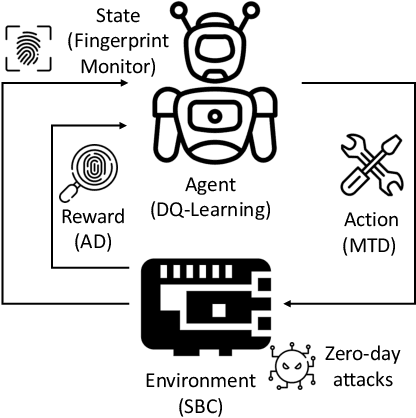
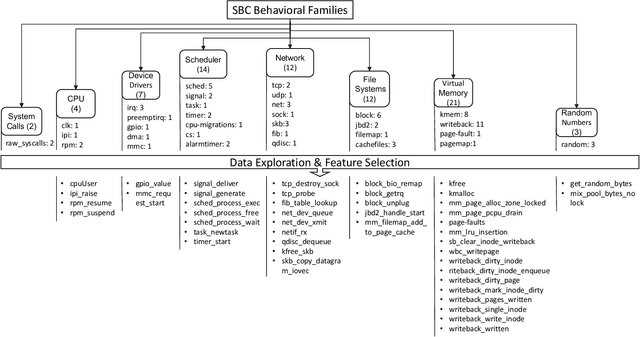
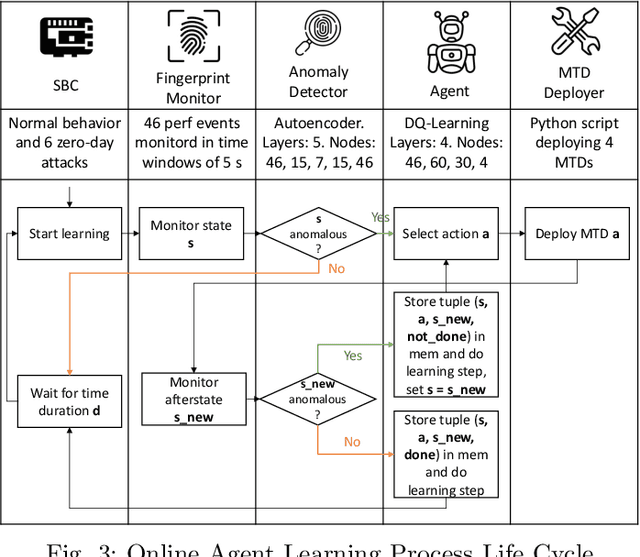
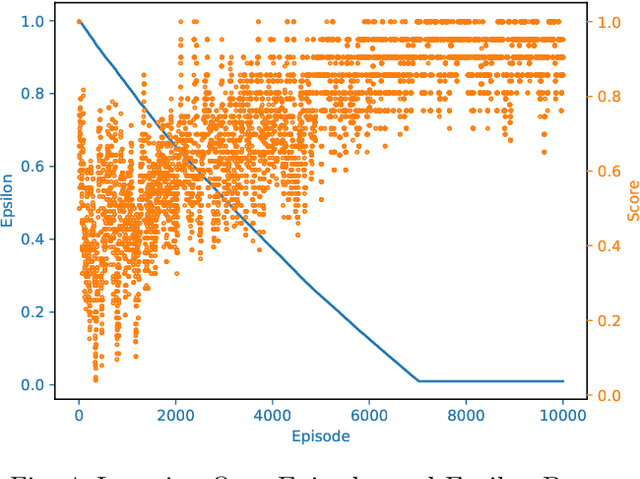
Abstract:Cybercriminals are moving towards zero-day attacks affecting resource-constrained devices such as single-board computers (SBC). Assuming that perfect security is unrealistic, Moving Target Defense (MTD) is a promising approach to mitigate attacks by dynamically altering target attack surfaces. Still, selecting suitable MTD techniques for zero-day attacks is an open challenge. Reinforcement Learning (RL) could be an effective approach to optimize the MTD selection through trial and error, but the literature fails when i) evaluating the performance of RL and MTD solutions in real-world scenarios, ii) studying whether behavioral fingerprinting is suitable for representing SBC's states, and iii) calculating the consumption of resources in SBC. To improve these limitations, the work at hand proposes an online RL-based framework to learn the correct MTD mechanisms mitigating heterogeneous zero-day attacks in SBC. The framework considers behavioral fingerprinting to represent SBCs' states and RL to learn MTD techniques that mitigate each malicious state. It has been deployed on a real IoT crowdsensing scenario with a Raspberry Pi acting as a spectrum sensor. More in detail, the Raspberry Pi has been infected with different samples of command and control malware, rootkits, and ransomware to later select between four existing MTD techniques. A set of experiments demonstrated the suitability of the framework to learn proper MTD techniques mitigating all attacks (except a harmfulness rootkit) while consuming <1 MB of storage and utilizing <55% CPU and <80% RAM.
Studying the Robustness of Anti-adversarial Federated Learning Models Detecting Cyberattacks in IoT Spectrum Sensors
Jan 31, 2022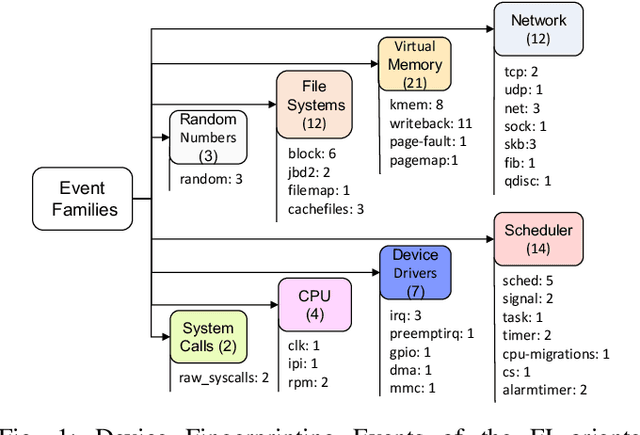
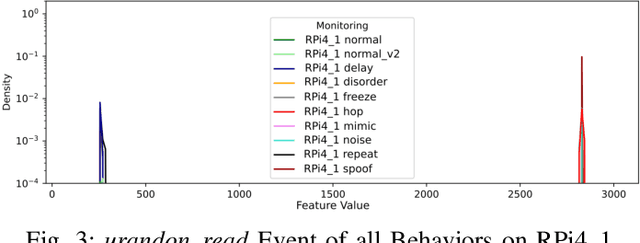
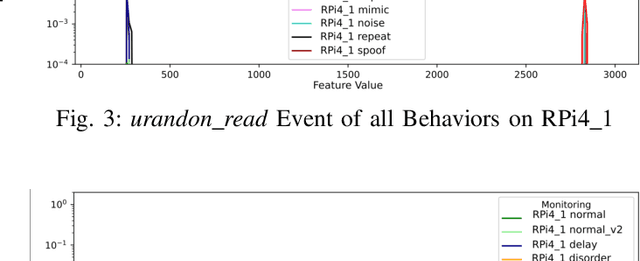
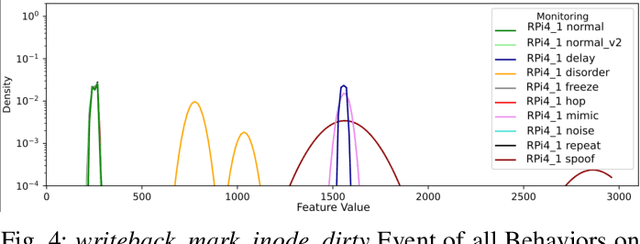
Abstract:Device fingerprinting combined with Machine and Deep Learning (ML/DL) report promising performance when detecting cyberattacks targeting data managed by resource-constrained spectrum sensors. However, the amount of data needed to train models and the privacy concerns of such scenarios limit the applicability of centralized ML/DL-based approaches. Federated learning (FL) addresses these limitations by creating federated and privacy-preserving models. However, FL is vulnerable to malicious participants, and the impact of adversarial attacks on federated models detecting spectrum sensing data falsification (SSDF) attacks on spectrum sensors has not been studied. To address this challenge, the first contribution of this work is the creation of a novel dataset suitable for FL and modeling the behavior (usage of CPU, memory, or file system, among others) of resource-constrained spectrum sensors affected by different SSDF attacks. The second contribution is a pool of experiments analyzing and comparing the robustness of federated models according to i) three families of spectrum sensors, ii) eight SSDF attacks, iii) four scenarios dealing with unsupervised (anomaly detection) and supervised (binary classification) federated models, iv) up to 33% of malicious participants implementing data and model poisoning attacks, and v) four aggregation functions acting as anti-adversarial mechanisms to increase the models robustness.
 Add to Chrome
Add to Chrome Add to Firefox
Add to Firefox Add to Edge
Add to Edge